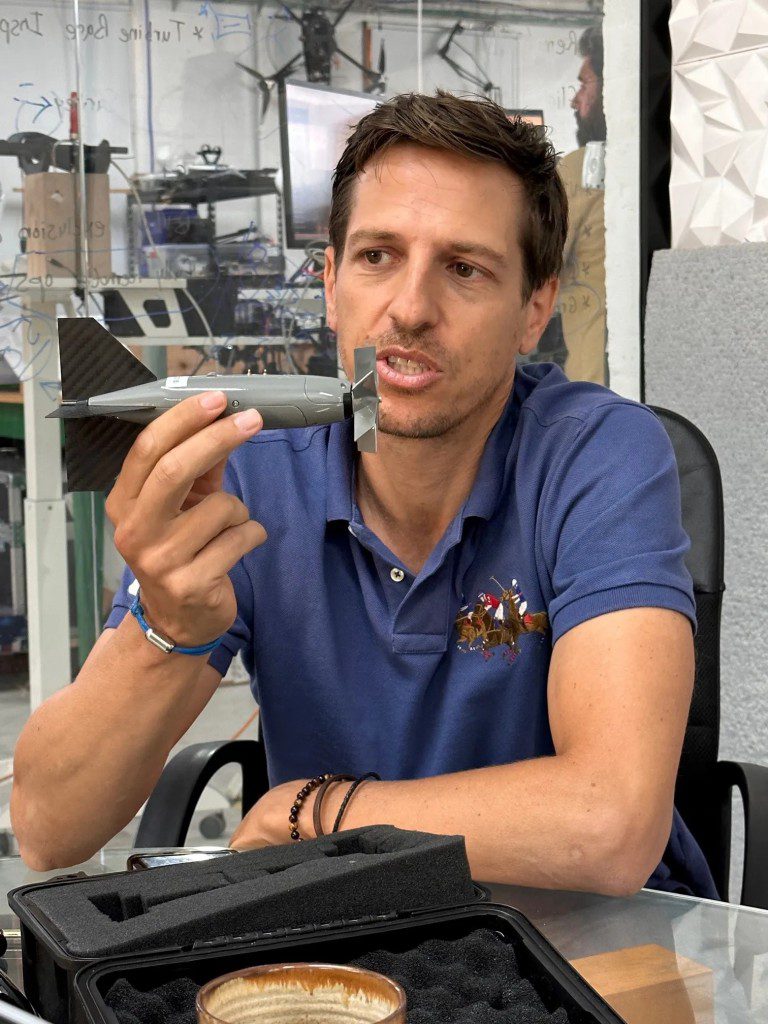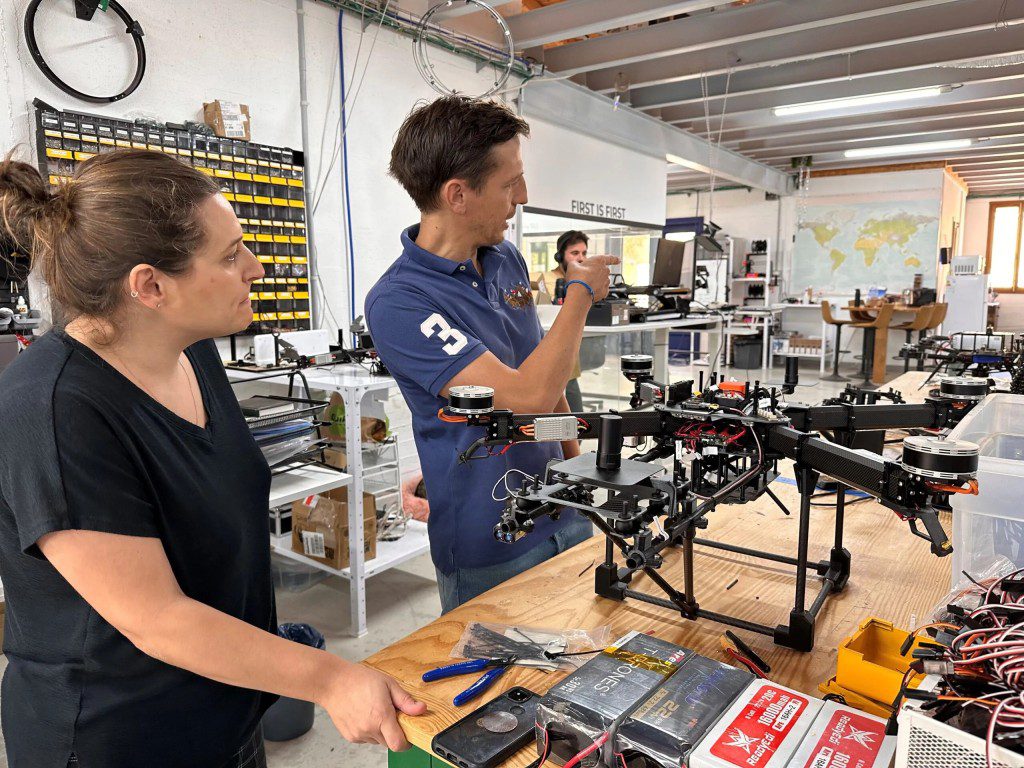News and Insights
Harvesting the Breeze: Unleashing the Power of Wind Energy
July 23, 2023
Wind’s great potential Can Only Be Secured Through Precision Measurement
A study of early European geography and environmental innovation is only complete by seeing picturesque images of windmills dotting the Dutch countryside. Beyond their tourist appeal, these 8th-century engineering marvels continue their life-sustaining ecological benefit. The Dutch built windmills across their countryside to keep water flowing from the lakes to prevent flooding in the below-sea-level nation. With 19th-century industrialization, their rotational power was harnessed for electricity generation by adapting to wind turbines.
Today, wind power influences the global transition toward sustainable and renewable energy sources. Its status as a key renewable energy technology is expected to grow in importance in the coming years. The potential of wind power lies in its ability to generate clean electricity, reduce greenhouse gas emissions and contribute to energy diversification. Now, it is one of the fastest-growing infrastructures in history.
One of the primary advantages of wind power is its abundance. Wind is a limitless resource, available in varying degrees across the globe. Harnessing this power efficiently through wind turbines can provide ample electricity alongside other renewable energy sources to meet the power needs of homes, businesses, and, possibly, entire communities. Following the Paris Climate Accords, international climate governance was organized around three pillars: mitigation, adaptation, and implementation. While fossil fuels will not disappear entirely from the energy portfolio, the global goal is diversifying into other sources. Wind and solar power are the go-to possibilities.
Energy Diversification is Key to Meeting Paris Climate Mandates
Necessity is the mother of invention. While the Dutch sought to prevent flooding, Israel used wind turbines to pump water to arid communities. Then in the 1980s, the Start-Up Nation installed its first experimental wind turbines. Wind energy plays a growing role in Israel’s renewable energy mix as the nation seeks to reduce reliance on fossil fuels as part of its commitment to net zero emissions by 2050.
Enter First Airborne – Combining the Power of Drone Technology with Monitoring Performance
Now the country is championing bio-convergence – marshaling its peoples’ skills across the sciences – to explore how to make wind power an efficient energy resource. Perhaps one of the leading players on the world measurement scene is First Airborne. Headquartered in a small, picturesque village in Central Israel, First Airborne has developed a first-in-class patented wind measurement sensor called Windborne™. The 60-gram instrument, shaped like a small rocket ship, may transform wind farm monitoring and performance.

Attached to a moveable drone, Windborne, moving from wind farm section to section, enables short-staffed wind farm operators to obtain precision wind measurements across large-scale facilities at an unmatched scale. This validated level of accuracy and coverage has never been recorded before, making Windborne a possible game-changer for the renewable energy industry. It is the only robotic device in the wind-power industry to take direct measurements rather than provide a model measurement.
The potential of wind power to complement existing forms of clean energy is vast. But how much wind is available, and what direction should the turbines face? As the renewable energy industry grows, accurate wind measurement data across large wind farms become vital to this growth sector. Experts predict wind power offers the most significant future for energy. They suggest that even hydrogen will be fueled by wind farms. Green hydrogen is created by wind/solar power, and to meet our carbon-zero targets, green electricity must be used to produce hydrogen.
Wind Farms are Growing Exponentially
In speaking to Medika Life, First Airborne Founder and CEO Boaz Peled reflected on the possibilities of alternative energy sources to reduce dependence on fossil fuels. “The growth of wind power today is between eight and 12% annually. In the offshore sector, it could reach as much as 30% annually, and with what’s expected off the Eastern Coast of the United States, that growth could exceed even that optimistic estimate. That’s like owning 10 airports and building another every year.”
While initial investment costs for wind farms are significant, the operational costs are relatively low compared to fossil fuel-based power plants. But profitability is razor thin. Economics remains one of the key obstacles to making the shift away from fossil fuels. As technology advances and economies of scale are achieved, the cost of producing wind energy will continue to decrease, making it economically viable and competitive.
Peled says, “Solar and wind energy have infinite and abundant potential. But among the challenges is determining how operators go from managing 300 to 3000 wind turbines and doing that efficiently to ensuring a sustainable business model.”
Wind (and solar) power faces challenges that must be addressed to realize its fullest potential. One of the primary challenges is that wind is intermittent. The other is that it’s a rapidly growing energy sector with a limited talent pool to operate and maintain wind farms. Large companies in the wind sector are operating their portfolios on low margins. Every failure has a substantial financial and confidence-loss impact. Every additional hire has a significant effect on successful operations. Efficiency guides the effective utilization of staff and the potential for greater societal and operational outcomes.
Addressing these issues through improved technology, proper planning, and community engagement is crucial to maximizing the positive impact of wind energy while minimizing the pitfalls.
Israel – Innovation Perfected By Necessity
Like Israel, many nations are pursuing on- and offshore wind energy development as a renewable energy strategy. Denmark, German, Netherlands, and the United Kingdom lead the way in Europe with operational offshore wind farms. In North America, the United States is making strides with efforts underway in the Atlantic Ocean.
But then there is the pressing challenge of maximizing the operational investment in equipment. Wind turbines generate electricity only when wind speeds are sufficient, and this fluctuation requires backup power sources or energy storage systems to ensure a stable energy supply. Leaders in this ever-growing sector are asking critical questions about metrics: How do we know what the wind is? If I know what the wind is, do I know the value of my wind resource? Am I producing correctly or not? Even how wind arms can are possible risks to birds and bats, leading to potential collisions with turbines. Proper site selection, direction and mitigation measures reduce these conservation concerns.
Technology advancements are crucial to tap the full potential of wind power. Ongoing research and development efforts aim to enhance turbine efficiency, increase capacity factors, and improve energy storage solutions. Additionally, advances in offshore wind power are expanding its reach into new areas, where winds tend to be stronger and more consistent.
On the Way to Dubai and COP28 – Wind Power Validated
“The earth has enough sun and wind to meet humanity’s energy consumption,” says Peled, who managed wind farms in Eastern Europe before returning to Israel to launch his company. “Now, the prime business question is operational. Are there enough solar panels – probably not. Currently, the rate of solar panel energy access is low – one megawatt-hour of solar power compared to one-third to half of the megawatt capacity of wind. Wind is more efficient as an energy source. Real-time measurement is critical to shifting this industry with its great potential into a high-performance sector,” he adds.

Wind power offers a great future for diversified energy sources. Measuring wind power is crucial to secure its place as an effective solution. Our dominant economic model is from extracting crude oil from the earth, but this chapter is coming to an orchestrated close. As the world convenes soon in Dubai for COP28, calls for renewable and sustainable energy will grow louder. It’s not enough to suggest that wind is a sustainable alternative. That must be proven.
Accurate measurements – amassing that data – will determine whether wind power will become a global priority and how nations and corporations assess farm site suitability, optimize turbine placement and evaluate energy output. Only accurate and validated data can enable that level of informed decision-making, planning, and, ultimately, the great potential of wind power as a renewable energy source. This visit to First Airborne was a conversation with pioneers whose robotic engineering attention to detail will likely take the hot air out of wind’s significant renewable energy potential.
